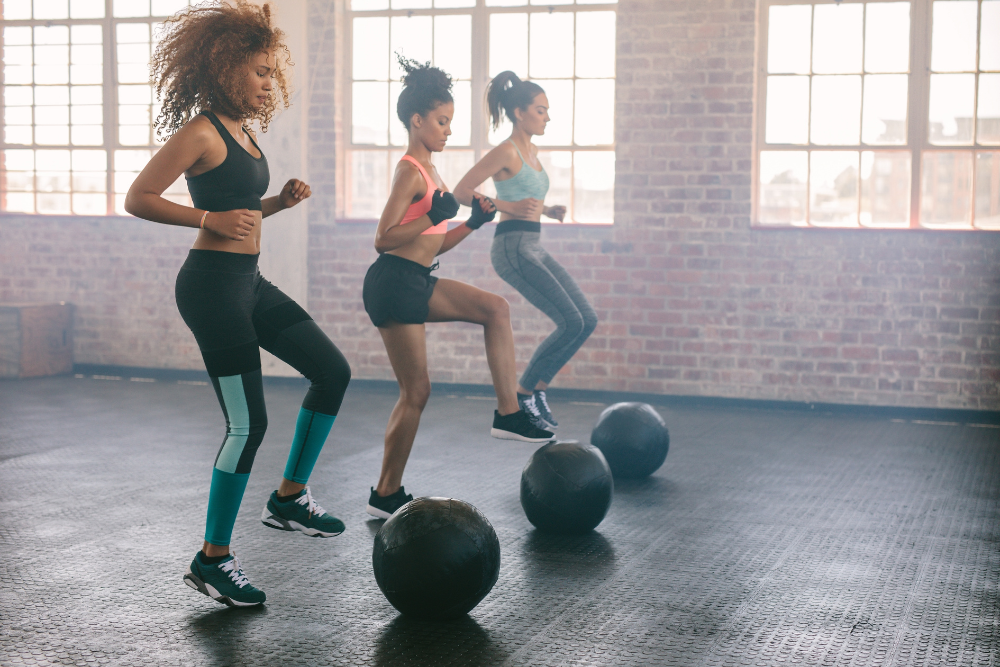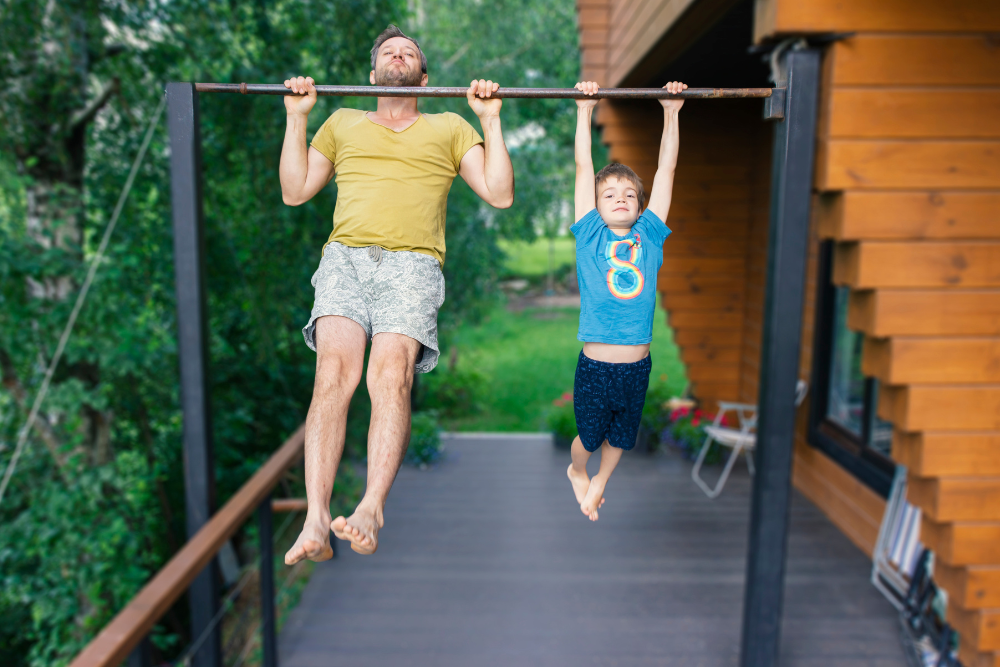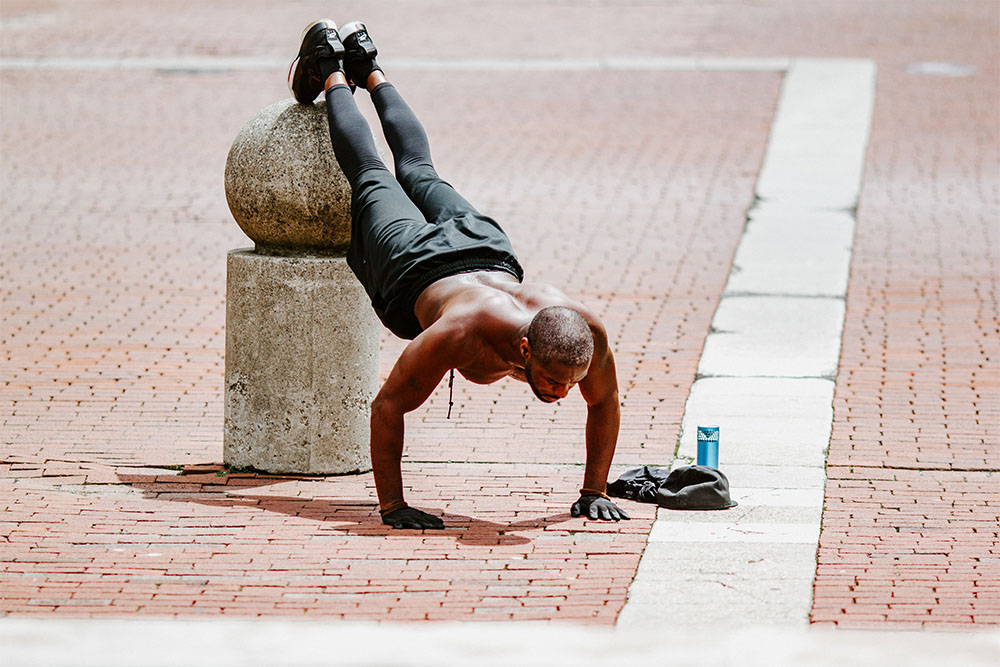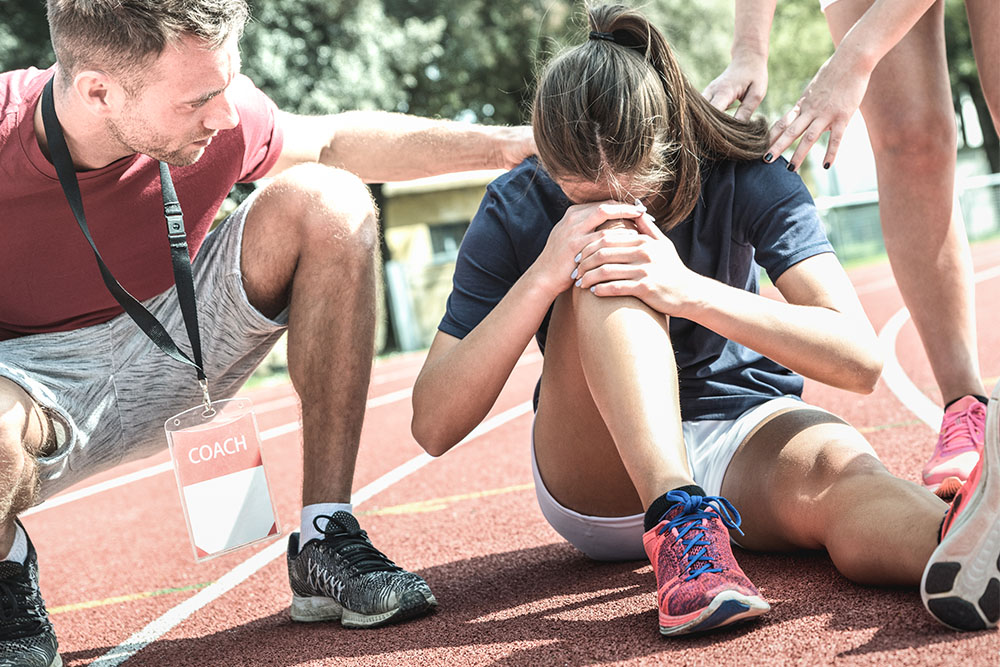Improve Fitness To Lengthen Healthspan
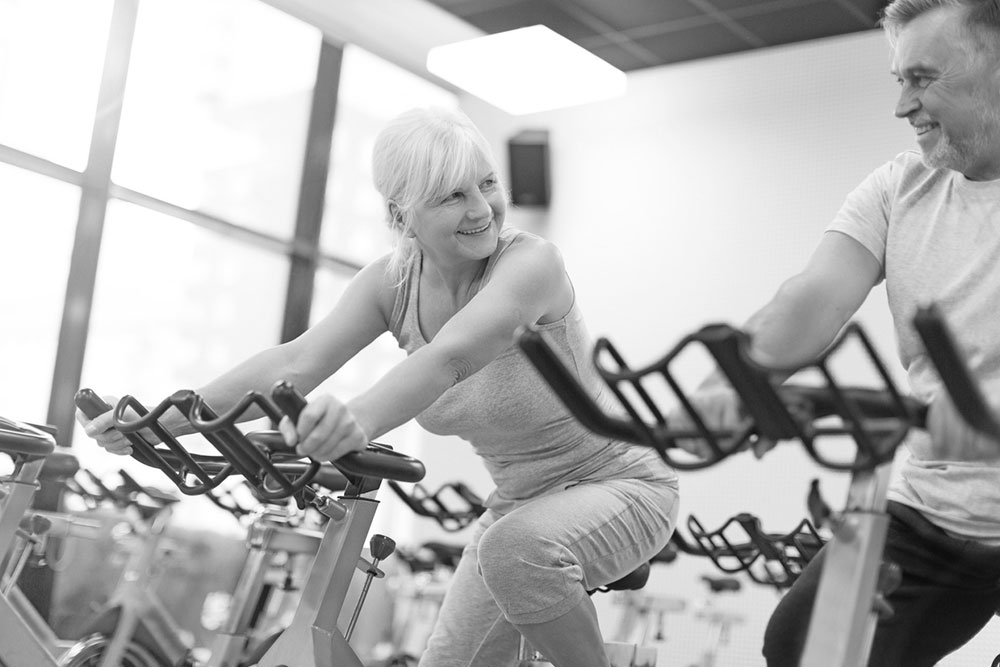
By Sara Thompson, M.Sc. in Exercise Science
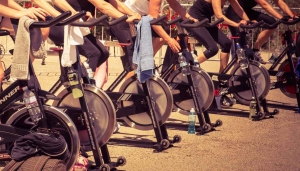 Neural specificity is how well the brain can distinguish one stimulus from another. Or in other words, how well an individual can visually recognize the differences between various images.
Neural specificity is how well the brain can distinguish one stimulus from another. Or in other words, how well an individual can visually recognize the differences between various images.
This response occurs in a part of the brain called the ventral visual cortex and can be measured by distinct neural activation patterns when individuals are presented with different stimuli. Neural specificity declines with age and is associated with decreased cognitive function (Park et al., 2010). As discussed in previous FTG articles, physical activity might help preserve cognitive function in the aging population (Morris et al., 2017, Dunksy et al., 2017). Therefore, Kleemeyer and colleagues hypothesized that improvements in fitness would improve neural specificity in aging adults (Kleemeyer et al., 2017).
The Study
This research group studied 52 inactive aging adults with a mean age of 70±4 years. The participants were randomly assigned to one of two exercise regimes:
-
Low-intensity program
-
High-intensity program
All participants exercised on a stationary bike for 55 minutes, 3 times per week for 6 months.
The low-intensity group kept the resistance at a low load for the entire 55 minutes, whereas the high-intensity group increased resistance throughout the training session.
Additionally, during the last two months of training, the high-intensity group incorporated 2-minute high-intensity intervals into their workout.
Related Article: Parkinson’s Disease & Cycling Benefits
Before And After Testing
Before and after the 6-month training program, participants’ aerobic fitness (VO2max) was assessed with a maximal exercise test on a cycle ergometer. Neural specificity was assessed with functional magnetic resonance imaging (fMRI). fMRI is a way to measure brain activity through changes in blood flow. Participants were presented with pictures of objects such as faces and buildings for two-second intervals. Neural specificity was scored based on the distinction of neural activation patterns in the ventral visual cortex between different stimuli.
The Results
Following the 6-month program, there was a significant correlation between participants’ improvement in aerobic fitness and improvement in neural specificity. Surprisingly, there was no difference between training groups.
This suggests that even the low-intensity exercise improved fitness, and this improvement was sufficient to elicit improvements in neural specificity. The authors suggest that this could be because the participants had low aerobic fitness at baseline. It’s likely that a group with higher baseline fitness might require a higher-intensity program to improve aerobic fitness and neural specificity.
Several Conclusions Can Be Made From This Study:
-
Physical activity can improve neural specificity through improvements in aerobic fitness.
-
Even low-moderate intensity exercise can elicit these improvements in individuals with low baseline fitness levels.
-
Since neural specificity appears to be correlated with fitness as opposed to exercise per se, this suggests that any form of exercise that brings about improvements in fitness can improve neural specificity.
This study suggests that physical activity could protect against the decline in neural specificity that occurs with aging. Future studies are warranted to assess the effectiveness of this in populations with significantly impaired cognition, such as individuals with dementia.
Related Article: Lengthen Healthspan Through Exercise
(adsbygoogle = window.adsbygoogle || []).push({});
You Might Like:
How Overtraining and Undertraining Impacts Hormonal Health
While maintaining a healthy hormonal balance is essential for overall health and wellbeing, it is an often-overlooked component of women’s health. Hormones play a vital role in regulating various bodily functions, including metabolism, energy, mood,...Can Athletes Benefit from More Mitochondria?
Over the last couple of years, the term “mitochondria” has become a bit of a buzzword in the health and fitness community – but what are they, and how do they impact your health and...Exercising in Poor Air Quality: What You Need to Know
For as long as I can remember, people have been exercising outside. Whether it is going for a run, taking a nice long bike ride, or even doing tai chi in the park – the...Ways to Improve Your Longevity Genes
Humans are currently living longer than ever before. With advancements in healthcare, technology, and knowledge, we have begun to work out what it takes to maintain health across the lifespan, thus enhancing longevity in the...Why people in “Blue Zones” Live longer
It is estimate that between 20 and 25% of your longevity is dictated by your genes – which means that more than 75% is dictated entirely by your lifestyle factors. And while research has given...Does Obesity Increase Your Risk of Coronavirus?
We are currently living in a pretty interesting time. Inundated with bad news stories on every channel, isolated from the outside world with no real social interaction, and completely unable to get the gym and...References
Morris, J. K., Vidoni, E. D., Johnson, D. K., Sciver, A. V., Mahnken, J. D., Honea, R. A., et al. (2017). Aerobic exercise for Alzheimer’s disease: A randomized controlled pilot trial. PLoS ONE, 12(2), e0170547.
Dunsky, A., Abu-Rukun, M., Tsuk, S., Dwolatzky, T. Carasso, R., & Netz, Y. (2017). The effects of a resistance vs. an aerobic single session on attention and executive functioning in adults. PLos One, 12(4), e0176092.
Park, J., Carp, J., Hebrank, A., Park, D. C., & Polk, T. A. (2010). Neural specificity
predicts fluid processing ability in older adults. Jouranl of neuroscience, 30, 9253–9259.
Kleemeyer, M. M., Polk, T. A., Schaefer, S., Bodammer, N. C. Brechtel, L. & Lindenberger, U. (2017). Exercise-Induced Fitness Changes Correlate with Changes in Neural Specificity in Older Adults. Frontiers in human neuroscience, 11(123).
(adsbygoogle = window.adsbygoogle || []).push({});

